Materials
Materials
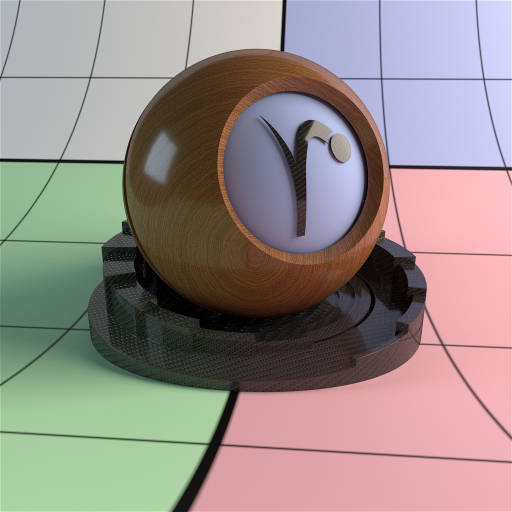
PRMan ships with the production-ready materials (Bxdfs, or shaders) designed for use with PRMan's RIS mode. Every piece of geometry will have a single attached Bxdf that determines its gross material type by computing in which directions it most strongly reflects or refracts light. The material also provides the integrator with proposed directions for new rays to sampling indirect illumination.
PRMan includes the following built-in materials:
- PxrLM Materials
- PxrDisney
- PxrGlass
- PxrLMSubsurface (subsurface including skin)
- PxrMarschnerHair
- PxrVolume
Examples
RPS 19 includes example RIB files and shaders demonstrating the Materials that are shipped for use in RIS rendering mode. These examples can be found in /lib/examples/RIS/scenes directory of your RenderMan Pro Server installation. Some of the examples are discussed in detail in the pages below. Whether or not you're inclined to open up a terminal window and render along, these pages serve as a broad overview of the features and capabilities of PRMan's RIS mode.
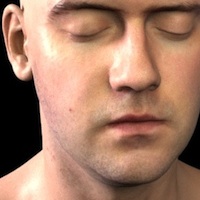
|
Subsurface Scattering - RPS 19 includes several shaders that support subsurface scattering effects. Simple scattering can be done with PxrDisney or PxrSubsurface, but for sophisticated scattering effects users should take advantage of PxrLMSubsurface - and it's not just for skin! |
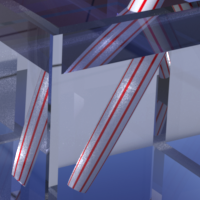
|
Nested Dielectrics - This example shows the new tricks introduced in PRMan 19 to simplify the modeling of "nested dielectric" scenes. |
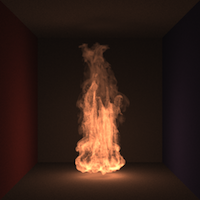
|
Where there's smoke... - The Tour includes two basic volume examples: one smoke, one fire. Both examples use the PxrPathTracer integrator and the PRMan's OpenVDB plugin. The fire also happens to be emissive, and is the sole illumination in the scene. |
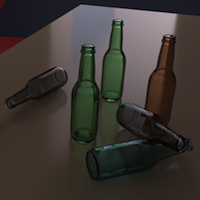
|
Glass - The PxrGlass shader is a highly optimized option for rendering glass. We've provided several examples that show off its utility in a variety of settings - generating caustics, lit via indirect illumination, and in a Cornell Box, because that's where one typically finds a wine glass. |
The distribution also includes the following shaders, intended as examples for developers, or for debugging purposes:
